
West Mercia Police, formerly the West Mercia Constabulary, is the territorial police force responsible for policing the counties of Herefordshire, Shropshire and Worcestershire in England. The force area covers 2,868 square miles (7,430 km2) making it the fourth largest police area in England and Wales. The resident population of the area is 1.19 million Its name comes from the ancient kingdom of Mercia.

Cheshire Constabulary is the territorial police force responsible for policing the ceremonial county of Cheshire in North West England, comprising the unitary authorities of Cheshire East, Cheshire West and Chester, Borough of Halton and Borough of Warrington. The force is responsible for policing an area of 946 square miles (2,450 km2) with a population of approximately 1 million.

West Midlands Police is the territorial police force responsible for policing the metropolitan county of West Midlands in England.

Avon and Somerset Police is the territorial police force responsible for law enforcement in the five unitary authority areas of Bristol, Bath and North East Somerset, North Somerset, Somerset, and South Gloucestershire, all in South West England.

Bedfordshire Police is the territorial police force responsible for policing the ceremonial county of Bedfordshire in England, which includes the unitary authorities of Bedford, Central Bedfordshire and Luton. Its headquarters are in the town of Kempston in Bedford Borough.

Cambridgeshire Constabulary is the local territorial police force that covers the county of Cambridgeshire and Peterborough unitary authority. It provides law enforcement and security for an area of 1,311 square miles (3,400 km2) and population of 856,000 people, in a predominantly rural county. The force of Cambridgeshire includes the cities of Cambridge, Ely and Peterborough, the market towns of Chatteris, Huntingdon, March, Ramsey, St Ives, St Neots, Whittlesey, and town and Port of Wisbech. Its emblem is a crowned Brunswick star containing the heraldic badge of Cambridgeshire County Council.

Cleveland Police is the territorial police force responsible for the policing area corresponding to the former county of Cleveland in Northern England. As of September 2017, the force had 1,274 police officers, 278 police staff, 124 police community support officers and 64 special constables. In the 2019 annual assessment by His Majesty's Inspectorate of Constabulary, Cleveland Police was rated 'inadequate' overall and rated 'inadequate' in all review areas, concluding that "crime prevention isn't a priority for the force and this is a cause of concern".

Cumbria Constabulary is the territorial police force in England covering the unitary authority areas of Cumberland and Westmorland and Furness in the ceremonial county of Cumbria. As of September 2017, the force had 1,108 police officers, 535 police staff, 93 police community support officers, and 86 special constables.

Derbyshire Constabulary is the territorial police force responsible for policing the county of Derbyshire, England. The force covers an area of over 1,000 square miles (3,000 km2) with a population of just under one million.
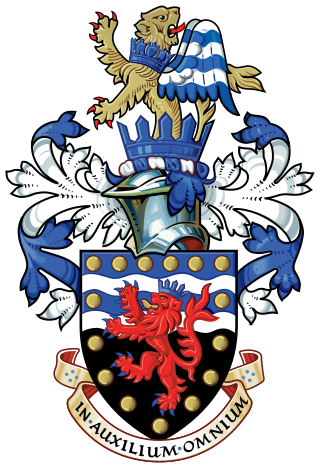
Devon and Cornwall Police is the territorial police force responsible for policing the ceremonial counties of Devon and Cornwall in South West England. The force serves approximately 1.8 million people over an area of 3,967 square miles (10,270 km2).
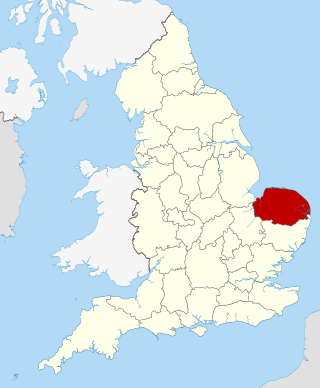
Norfolk Constabulary is the territorial police force responsible for policing Norfolk in East Anglia, England. The force serves a population of 908,000 in a mostly rural area of 2,079 square miles (5,380 km2), including 90 miles (140 km) of coastline and 16 rivers, including the Broads National Park. Headquartered in Wymondham, Norfolk is responsible for the City of Norwich, along with King's Lynn, Great Yarmouth and Thetford. As of March 2023, the force has a strength of 1,897 police officers, 163 special constables, 1,318 police staff/designated officers, and 103 police support volunteers. The chief constable is currently Paul Sanford, and the police and crime commissioner is Giles Orpen-Smellie (Conservative).

Merseyside Police is the territorial police force responsible for policing Merseyside in North West England. The service area is 647 square kilometres with a population of around 1.5 million. As of September 2017 the service has 3,484 police officers, 1,619 police staff, 253 police community support officers, 155 designated officers and 208 special constables. The force is led by Chief Constable Serena Kennedy.

Lancashire Constabulary is the territorial police force responsible for policing the ceremonial county of Lancashire in North West England. The force's headquarters are at Hutton, near the city of Preston. As of September 2020, the force has 3,088 police officers, 190 special constables, and 280 police community support officers (PCSO), 300 police support volunteers (PSV), and 2,287 staff.

Warwickshire Police is the territorial police force responsible for policing Warwickshire in England. It is the second smallest territorial police force in England and Wales after the City of London Police, with only 823 regular officers as of September 2017. The resident population of the force area is 554,002.

The Hampshire and Isle of Wight Constabulary is the territorial police force responsible for policing the counties of Hampshire and the Isle of Wight in South East England.

Sussex Police are the territorial police force responsible for policing in the whole of Sussex. Their jurisdiction covers the ceremonial counties of East Sussex and West Sussex. Their headquarters are in Malling House, Lewes, East Sussex.
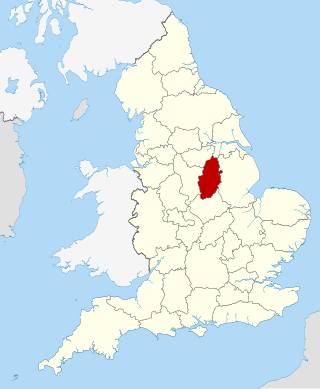
Nottinghamshire Police is the territorial police force responsible for policing the shire county of Nottinghamshire and the unitary authority of Nottingham in the East Midlands area of England. The area has a population of just over 1 million.
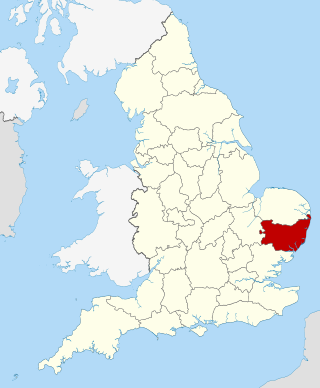
Suffolk Constabulary is the territorial police force responsible for policing Suffolk in East Anglia, England. The force serves a population of 761,000 in a mostly rural area of 1,466 square miles, including 49 miles of coastline and the Southern part of the Broads National Park. Headquartered in Martlesham, Suffolk is responsible for Ipswich, Lowestoft, Bury St Edmunds and Felixstowe. As of March 2023, the force has a strength of approximately 1,399 police officers, 116 special constables, 917 police staff/designated officers, 33 PCSO's and 123 police support volunteers. The Chief Constable is currently Rachel Kearton, and the Police and Crime Commissioner Tim Passmore (Conservative).
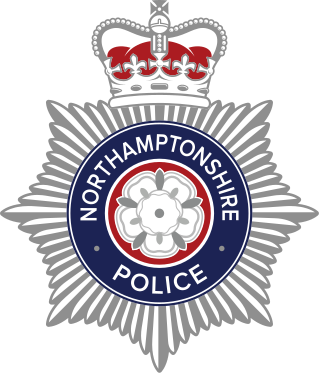
Northamptonshire Police is the territorial police force responsible for policing the county of Northamptonshire in the East Midlands of England, in the United Kingdom.
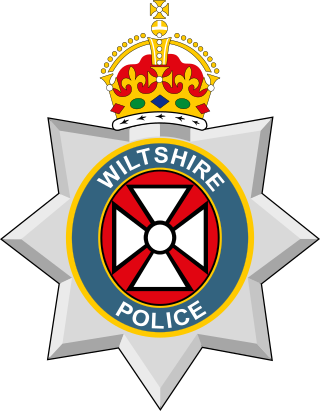
Wiltshire Police, formerly known as Wiltshire Constabulary, is the territorial police force responsible for policing the county of Wiltshire in South West England.
































